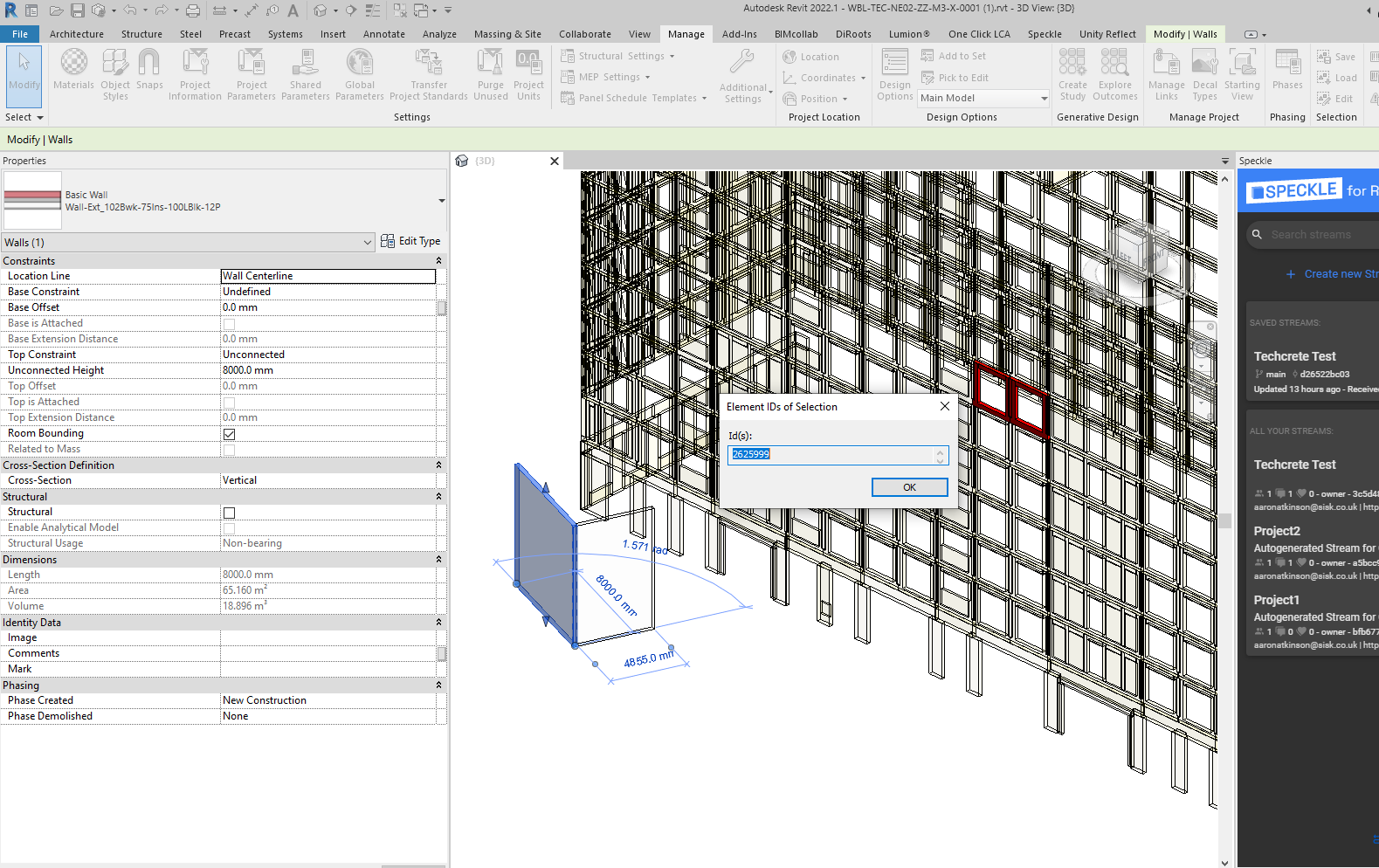Maximize Your Process with Revit Add Ins and Plugins
Wiki Article
Understanding the Art of Information Assimilation: How to Seamlessly Import Excel Data Into Revit
Are you struggling to import Excel data into Revit efficiently? Look no further! In this write-up, we will certainly assist you through the process of understanding the art of data integration. Discover the importance of smooth assimilation in Revit and check out the Excel data style for Revit combination. Prepare yourself to prepare your Excel information effortlessly and follow our step-by-step guide to import documents right into Revit. With our finest methods, you'll attain information assimilation success quickly. Allow's begin!Understanding the Value of Data Combination in Revit
Recognizing the relevance of data assimilation in Revit is vital for smooth importing of Excel data. It enables you to successfully take care of and upgrade information throughout the entire project when you integrate data from Excel right into Revit. This integration makes sure that your design and building process is precise and updated.By integrating data, you can quickly import and upgrade criteria, routines, and also geometry in Revit. This removes the demand for hand-operated data access, conserving you time and decreasing the danger of mistakes. With Revit's data combination abilities, you can keep consistency and accuracy in your task, while likewise boosting cooperation amongst employee.

Discovering the Excel Data Layout for Revit Integration

In order to successfully integrate Excel documents right into Revit, it is crucial to make certain that the data is formatted appropriately. This consists of appropriately identifying rows and columns, in addition to structuring the data in a means that is suitable with Revit's information schema. Revit makes use of details parameters and categories to organize data, so it is essential to line up the Excel data with these parameters to make sure a smooth integration.
Additionally, it is necessary to note that Revit only sustains certain information types when importing from Excel. These include message, numbers, and dates. Any type of various other information kinds, such as formulas or conditional formatting, will certainly not be acknowledged by Revit and might cause concerns during the combination procedure.
Preparing Your Excel Information for Seamless Import Into Revit
To make sure a smooth integration process, you'll need to effectively format and tag the columns and rows in your Excel information prior to importing it right into Revit. This step is vital because it allows Revit to precisely analyze and arrange your information. Begin by analyzing your Excel data and recognizing which rows and columns consist of appropriate information for your Revit task. Then, make certain to classify each column with a detailed and clear header. This will certainly help you and others quickly recognize the objective of each column and avoid confusion during the import process.Next, guarantee that the information in each column is correctly formatted. If you have a column for measurements, make certain that all measurements are constantly formatted in the same devices of dimension. Revit counts on regular formatting to precisely analyze and import information.
In addition, it is very important to look for any type of vacant cells or disparities in your information. Revit may not have the ability to read or import information from cells that are empty or include mistakes. It is suggested to assess your Excel information and cleanse up any disparities prior to importing it right into Revit.
Step-By-Step Guide to Importing Excel Files Into Revit
As soon as you've appropriately formatted and labeled your Excel information, you can quickly import it right into Revit by following this step-by-step overview. To begin, open Revit and browse to the "Insert" tab. Click on "Import CAD" and choose "Import Excel" from the dropdown menu. A new window will appear, asking you to situate the Excel data you wish to import. Search your computer system and choose the Excel data, then click "Open."Following, a dialog box will certainly appear, enabling you to customize the import setups. Here, you can pick the worksheet you wish to import, define the variety of cells to import, and select the suitable devices for your information. Once you've made your options, click "OK" to continue.
Revit will certainly now present a preview of your Excel information. Take a minute to review the sneak peek and make sure that everything looks right. If required, you can make modifications to the import setups by clicking on the "Settings" button.
Ideal Practices for Data Integration Success in Revit
Make sure you adhere to these finest practices to make sure successful integration of information in Revit. It is crucial to arrange your information in Excel prior to importing it into Revit. Be mindful of the units and data types when mapping the information, as any type of discrepancies can lead to errors in the integration procedure.An additional vital technique is to consistently validate and update your data. As your task proceeds, it is vital to keep your Excel data as much as day with any kind of changes made in Revit. This will assist keep the precision and uniformity of your information across both systems. Additionally, use data validation tools within Revit to recognize any errors or variances in the incorporated data.
Finally, it is advised to develop a clear operations for information assimilation. This consists of specifying roles and responsibilities, establishing an interaction network between staff member, and developing a normal tempo for information updates and reviews. By complying with these best practices, you can guarantee a successful and smooth integration of data in Revit, eventually boosting the efficiency and precision of your task.
Conclusion
In verdict, understanding the art of information assimilation is critical for smooth import of Excel submits right into Revit. Recognizing the relevance of information assimilation in Revit is the very first action towards successful integration.When importing data from Excel right into Revit, it is vital to recognize the data style and exactly how it can affect the integration procedure (revit tools). Revit utilizes particular parameters and categories to arrange information, so it is essential to align the Excel information with these criteria to make sure a seamless integration
Be conscious of the data and devices kinds when mapping the data, as any discrepancies can lead to mistakes in revit tool the combination process.
In addition, make usage of data recognition tools within Revit to identify any kind of errors or inconsistencies in the incorporated data.

Report this wiki page